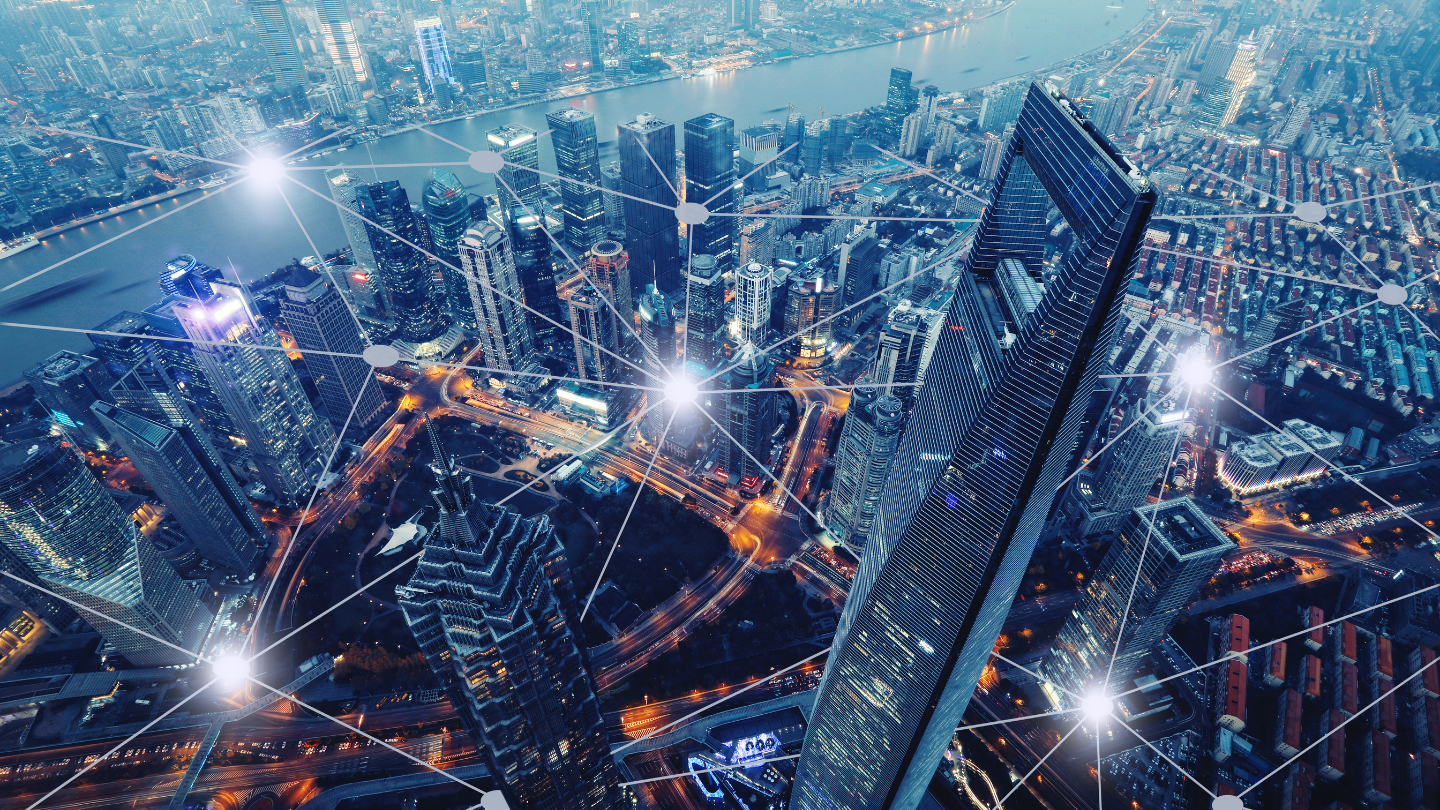According to Forbes, a 2021 survey of small- to medium-sized businesses found that over half had officially adopted an app modernization strategy. Statista reported that in 2023, digital transformation spending topped $2.15 trillion.
Spending isn’t the only criterion for modernizing apps, however. McKinsey’s 2020 study of how sophisticated software improvement strategies can impact business performance found that the top 25% of businesses with digital-forward app modernization strategies had five times the revenue growth of the bottom half of businesses.
Overview of App Modernization
Gartner defines app modernization as any services that help businesses migrate their legacy applications to new platforms or new types of apps. App modernization can help businesses to integrate new functions into their operation. There are many options in app modernization, including:
- Replatforming
- Rehosting
- Recoding
- Rearchitecting
- Reengineering
- Interoperability
Benefits of Modernizing Applications
According to Microsoft Azure, “a successful application modernization strategy should work towards supporting a framework of organizational goals.” Microsoft identifies five “pillars” of application modernization:
- Reliability: the app and overall platform or system’s ability to recover from failures.
- Security: protecting data and organizations from threats.
- Cost optimization: Maximizing value for tech expenditures.
- Operational excellence: Keeping systems running in optimal ways at optimal speeds.
- Performance efficiency: Ability of systems to adapt and cope with changes in load.
Businesses can improve their bottom line by modernizing their apps. For example, faster, better-performing, more stable apps will directly contribute to stronger sales performance for e-commerce stores. It’s hard to picture a business that doesn’t need improved data security and protection from threats.
Outdated Could Mean Unexpectedly Out of Business
In addition, businesses that are relying on outdated, aging apps and architecture don’t just risk potential security breaches, they also risk losing store functionality if the platforms they use are abandoned.
Here are just a few of the e-commerce platforms that aged and the years they were abandoned: Magento Go (2015), ProStores (2015), Adobe Business Catalyst (2021), and Lemonstand (2019). Besides these examples, some other out-of-business e-commerce platforms simply stopped working without any announcement to customers at all.
Challenges in App Modernization
Like any major project, modernizing apps will run into challenges. Fortunately, with the help of experienced professionals, these problems can be met and overcome, including:
- Working with old infrastructure and tech: If organizations have allowed their apps and infrastructure to age severely, they can be built on outdated codebases, resulting in testing and compatibility issues during the modernization process.
- Tech skill shortage: Older apps can also require specialized skills from developers and coders, which may be in short supply.
- Data migration challenges: Particularly when moving from legacy mainframe systems to the cloud, migrating data can prove challenging.
- Complexity: Some legacy systems have multiple applications and platforms that are all outdated, each requiring a different modernization process and solution.
Finally, the human element comes into play. Organizations, including leaders and stakeholders, can be resistant to change. Even if it’s essential to modernize your apps, sometimes key stakeholders can be resistant to adopting a new platform, system, cloud data storage, or app.
Best Practices for Successful App Modernization
Microsoft Azure offers three simple steps for the modernization process: planning, implementation, and operations. However, Microsoft’s breakdown is probably a little too simple for most organizations and needs. Successful app modernization projects follow a process similar to most complex projects. First, businesses should assess their current systems, taking inventory of capabilities and strengths as well as problem areas and limitations. After taking inventory of current systems, businesses can then:
- Prioritize action steps, deciding which apps and system components need modernization and which, if any, can remain in place.
- Strategize which steps to take for modernization, taking into account projected ROI (return on investment), risks and threats, and priorities for action.
- Migrate data, using well-defined and secure steps.
- Test, analyze, and determine project and component effectiveness.
Choices in App Modernization
Depending on your business needs and priorities, you can choose the following ways to modernize your apps:
- Rehosting: moving your current apps to a new environment without major changes, such as moving a mainframe-based local system to the cloud while using the same apps and technology.
- Replatforming: changing to an entirely new platform.
- Recoding and Rearchitecting: changing underlying code and architecture to modernize systems.
Modernization doesn’t have to happen all at once. You can choose to make changes incrementally, tracking performance metrics and evaluating the process step by step. Working with experienced tech professionals can help you to determine the right approach.
Future Trends in App Modernization
In some ways, the future is “now.” Both IDC and Gartner predict that more than 90% of apps will be cloud-native by 2025. You’ve probably heard of other trends, like low-code or no-code apps which allow businesses to create apps or various functionalities without having any coding skills.
Containerization is making it easier to “future-proof” apps by bundling app components into a single container image. Containers allow app components to run on any system, thus making rehosting and similar changes much easier.
Artificial intelligence is also impacting the modernization process for apps by accelerating development processes and improving efficiency. AI can simplify the troubleshooting process and provide additional security against cyber threats. Gartner’s reports project that about 30% of businesses will use AI in their app development and testing by 2025, and by 2027, 15% of new apps will be completely generated by AI.
It may be a good idea to think about modernizing your apps in the same way you maintain your physical business assets and inventory – by prioritizing the most used systems and working on them continuously. The one certainty in the field is the speed of change. Industry pros like Ascendle see trends coming and can help to “future-proof” your apps, partnering with you to build an app modernization strategy that is customized to your specific business needs.






